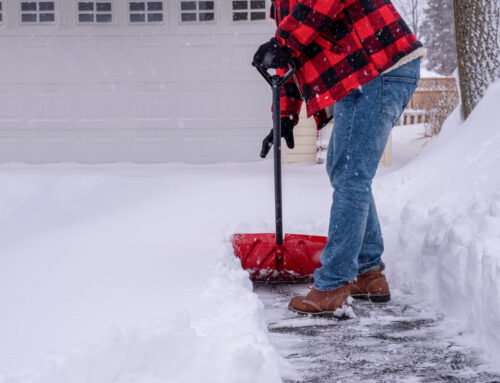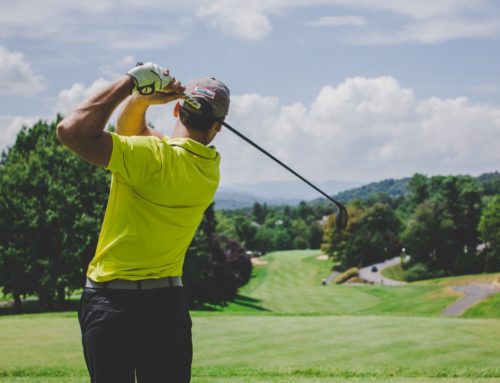-
Heel Striker – Built to Last
-
Heel strike is when the heel of your stance leg contacts the ground first. The heel strike enables you to minimize stress to your joints, reduce risk of injury, and maximize efficiency of all systems during your run. With this technique you can maximize your stride length, efficiently use muscles and joints, and reduce uneven pressures to your knees.
-
-
Midfoot Striker – Battery Saver
-
The midfoot strike is when the midfoot contacts the ground first (foot flat). This allows you to conserve aerobic and muscular energy by reducing your stride length and force production during your longer runs. This pattern can be used during the midpoints of your longer runs as a way to tick off mileage while giving yourself a break without stopping. The downside to this pattern is that it can be taxing to your joint health meaning it increases joint forces to the knees and hips when used too consistently.
-
-
Forefoot Striker – The Finisher
-
The forefoot strike (ball of the foot) brings many short-lasting benefits. Forefoot striking increases speed, flight time (both legs in air), and improves finishing times. This pattern is good for short bursts during a run, and also should be used in the last leg of the run (when running for time). By forefoot striking you position the calves, hamstrings, and glutes in the optimal position for power.
-
You May Be One Now But The Answer Should Be All Three!
By becoming skilled in all three strike patterns you will become a well-rounded runner who can establish a good stride, utilize efficient energy, and improve run times. Overall skill in running will reduce injuries such as sprains/strains/arthritis. Give us a call today at (781) 859-4189 or request an appointment online if you want to optimize your running form!




